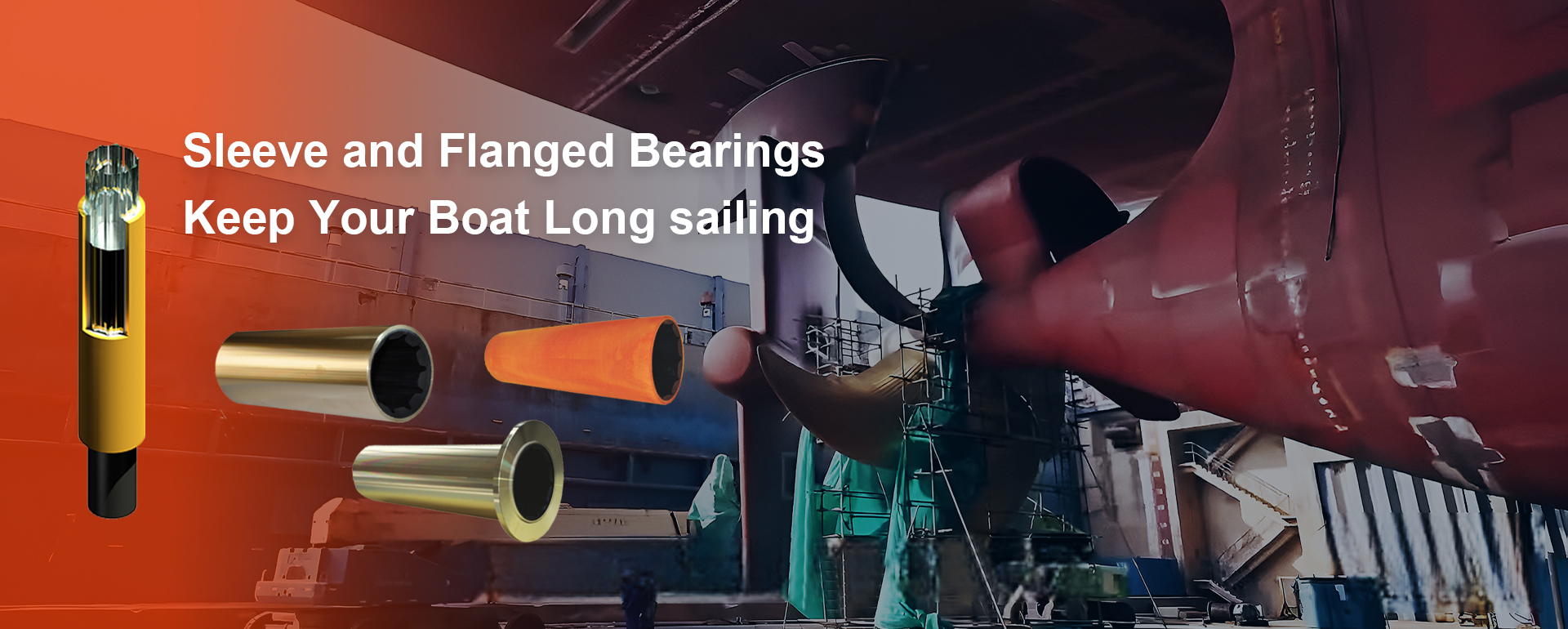high temp o rings
Understanding High Temperature O-Rings An Essential Component in Engineering
O-rings play a crucial role in various engineering applications, serving as seals that prevent the leakage of fluids and gases in machinery. Among the various types of O-rings, high temperature O-rings are specialized components designed to withstand extreme thermal environments. This article delves into the characteristics, materials, applications, and advantages of high-temperature O-rings, emphasizing their importance in modern engineering.
What Are High Temperature O-Rings?
High temperature O-rings are elastomeric seals made to function effectively at elevated temperatures that typical O-rings cannot tolerate. Standard O-rings often degrade under high temperatures, leading to potential system failures and leaks. To mitigate these risks, high-temperature O-rings are crafted from materials specifically engineered to retain their integrity and sealing capabilities when exposed to high heat.
Materials Used
The performance of high-temperature O-rings is heavily dependent on the materials used in their manufacture. Some of the most common materials include
1. Fluoroelastomers (FKM) Known for their excellent thermal stability, fluoroelastomers can withstand temperatures up to 200°C (392°F) and have good resistance to aggressive chemicals.
2. Silicone Silicone O-rings exhibit remarkable thermal resistance, tolerating temperatures ranging from -60°C (-76°F) to 230°C (446°F). Their flexibility and ease of manufacturing make them a popular choice for many applications.
3. Perfluoroelastomers (FFKM) These are considered the highest-performing elastomers for extreme temperature applications, capable of withstanding temperatures as high as 300°C (572°F). They are primarily used in the semiconductor and pharmaceutical industries due to their exceptional chemical resistance.
4. Polyimide This high-performance polymer can withstand extreme temperatures and is often used in aerospace applications for its durability and excellent mechanical properties.
Applications
High-temperature O-rings are widely used in various sectors, including
high temp o rings

- Aerospace In spacecraft and aircraft, components are exposed to extreme temperatures and harsh environments. High-temperature O-rings ensure that fuel, hydraulic systems, and environmental control systems operate smoothly and safely.
- Automotive Turbochargers, engines, and exhaust systems generate significant heat, necessitating the use of high-temperature O-rings for reliable sealing in demanding conditions.
- Chemical Processing Many processes involve corrosive substances at high temperatures. Proper sealing with high-temperature O-rings minimizes leaks and equipment failures, ensuring safety and efficiency.
- Oil and Gas In drilling and refining operations, equipment operates under extreme conditions. High-temperature O-rings help maintain the integrity of seals in pumps, compressors, and valves.
Advantages of High Temperature O-Rings
The use of high-temperature O-rings offers several advantages
1. Enhanced Durability Their ability to withstand high temperatures without degrading significantly extends the lifespan of machinery and components, reducing maintenance costs.
2. Improved Safety By preventing leaks in critical systems, high-temperature O-rings contribute to safer operations in industries such as aerospace, automotive, and chemical processing.
3. Versatility Available in a variety of sizes, shapes, and materials, high-temperature O-rings can be customized to meet specific requirements across different industries.
4. Cost-Effectiveness While the initial investment may be higher than standard O-rings, the reduced risk of failure and the savings on maintenance and replacement costs make high-temperature O-rings a cost-effective solution in the long run.
Conclusion
High-temperature O-rings are essential components in modern engineering, providing reliable sealing solutions in extreme environments. Their specialized materials and robust design enable them to operate effectively where traditional O-rings fail. As industries continue to push the boundaries of performance and efficiency, the role of high-temperature O-rings will remain vital to ensuring the reliability and safety of various applications. Understanding their properties, applications, and benefits can help engineers and operators make informed decisions, leading to enhanced operational efficiency and safety in their respective fields.
-
Understanding the Front Main Engine Seal: Purpose, Maintenance, and Installation
News Jul.29,2025
-
Understanding O-Rings and Seal Rings: Types, Applications, and Custom Solutions
News Jul.29,2025
-
Understanding Crankshaft Oil Seals: Rear Seals, Pulley Seals, and Their Role in Engine Integrity
News Jul.29,2025
-
The Importance of Front and Rear Crankshaft Seals in Engine Performance and Oil Management
News Jul.29,2025
-
Crank Oil Seals: Functions, Types, and Cost Considerations in Engine Maintenance
News Jul.29,2025
-
A Comprehensive Guide to O-Rings and Seals: Types, Materials, and Global Applications
News Jul.29,2025
-
Mastering Diesel and Performance Engine Maintenance: A Guide to Critical Oil Gaskets
News Jul.28,2025
Products categories















